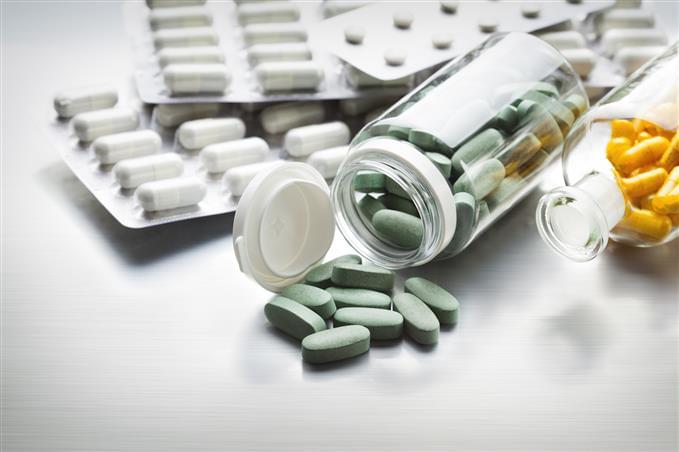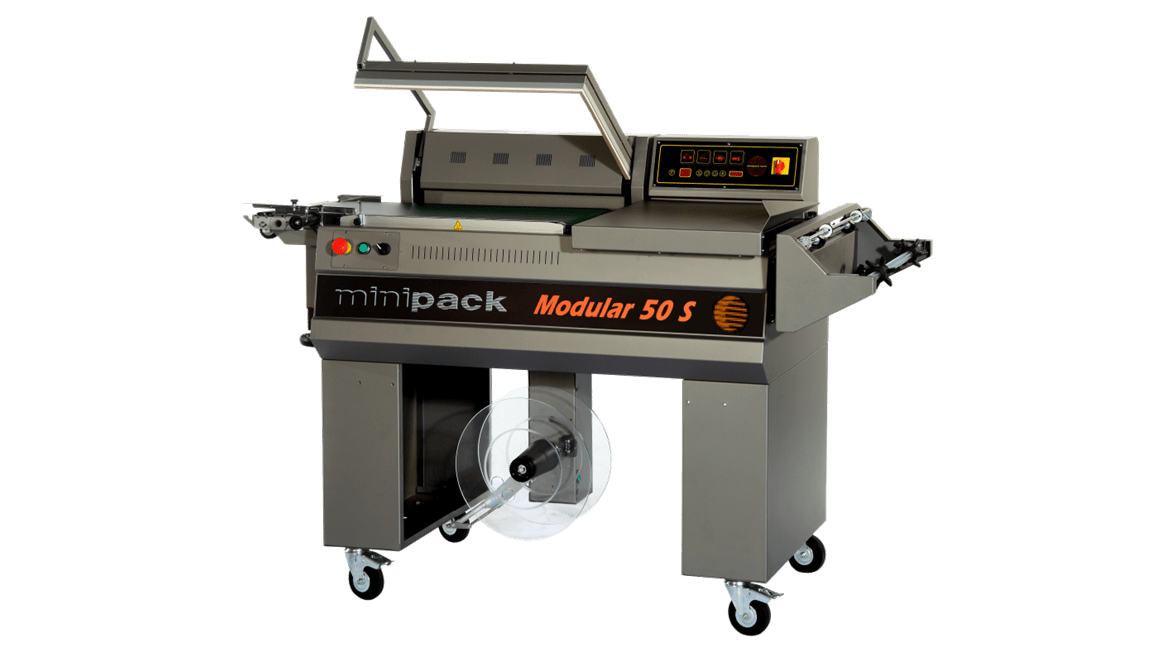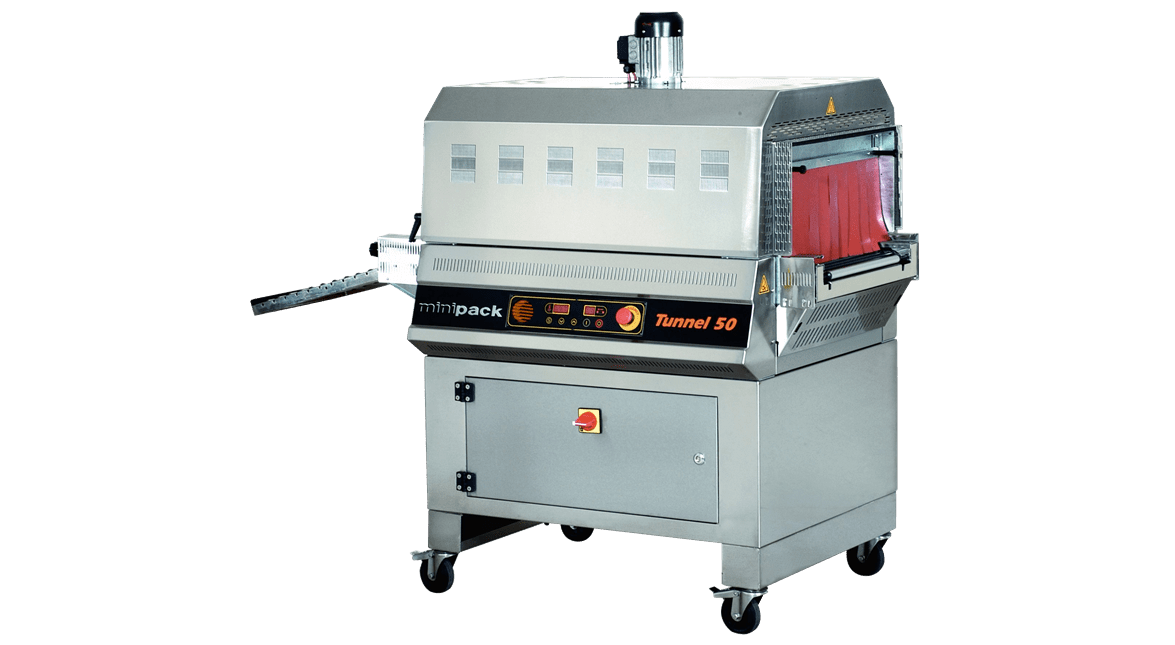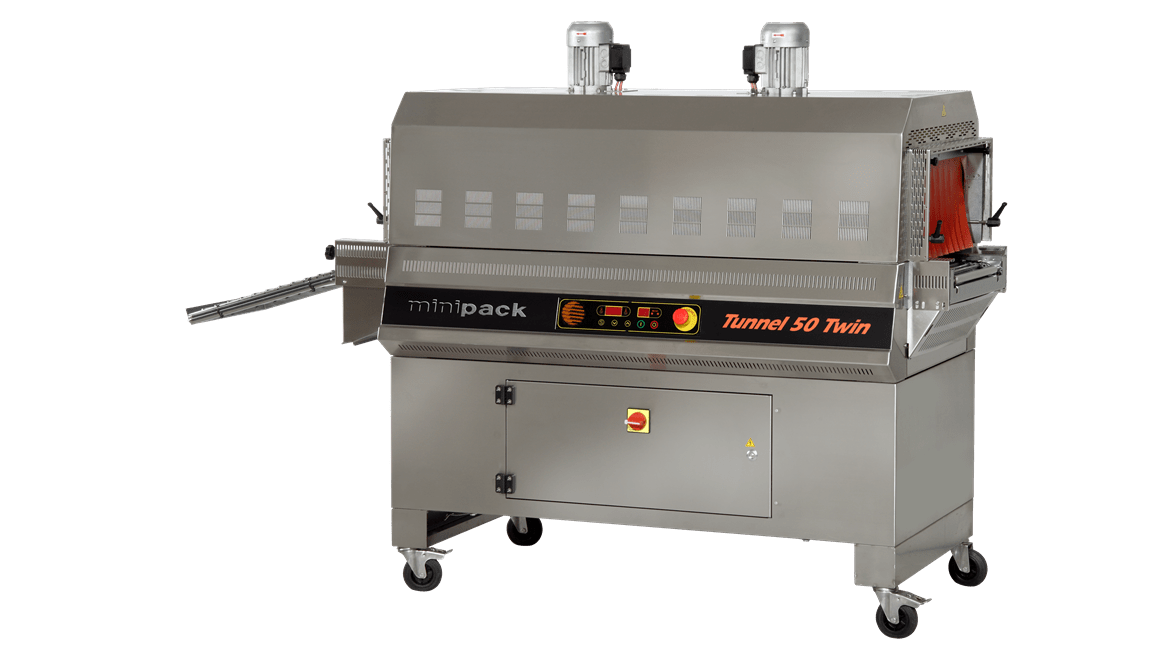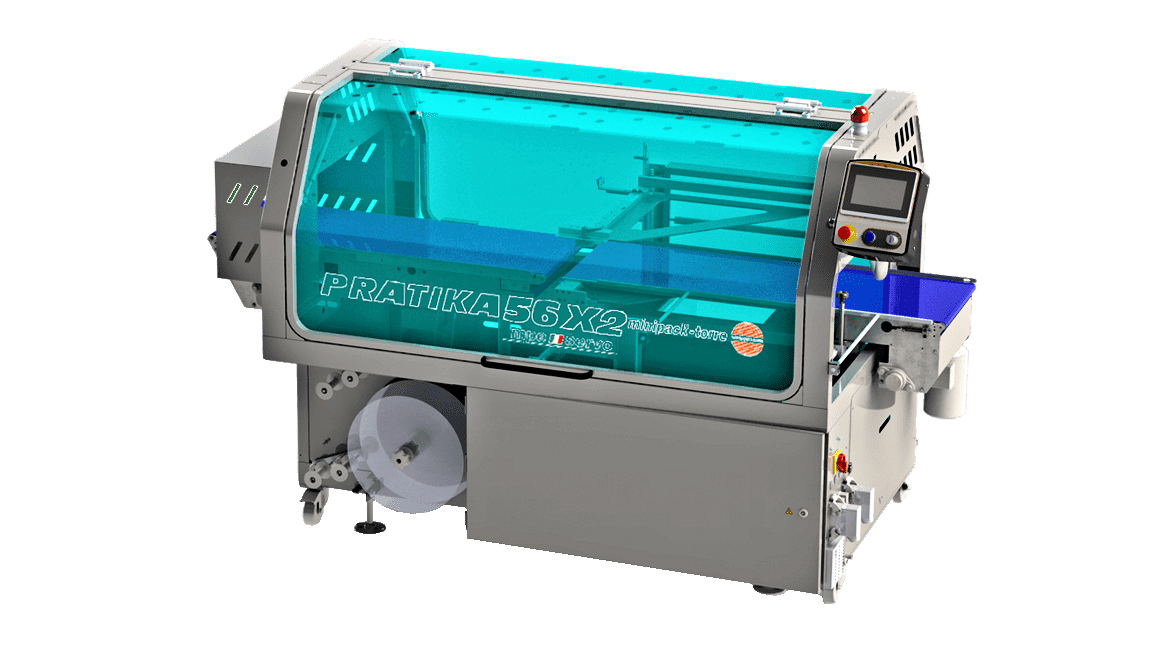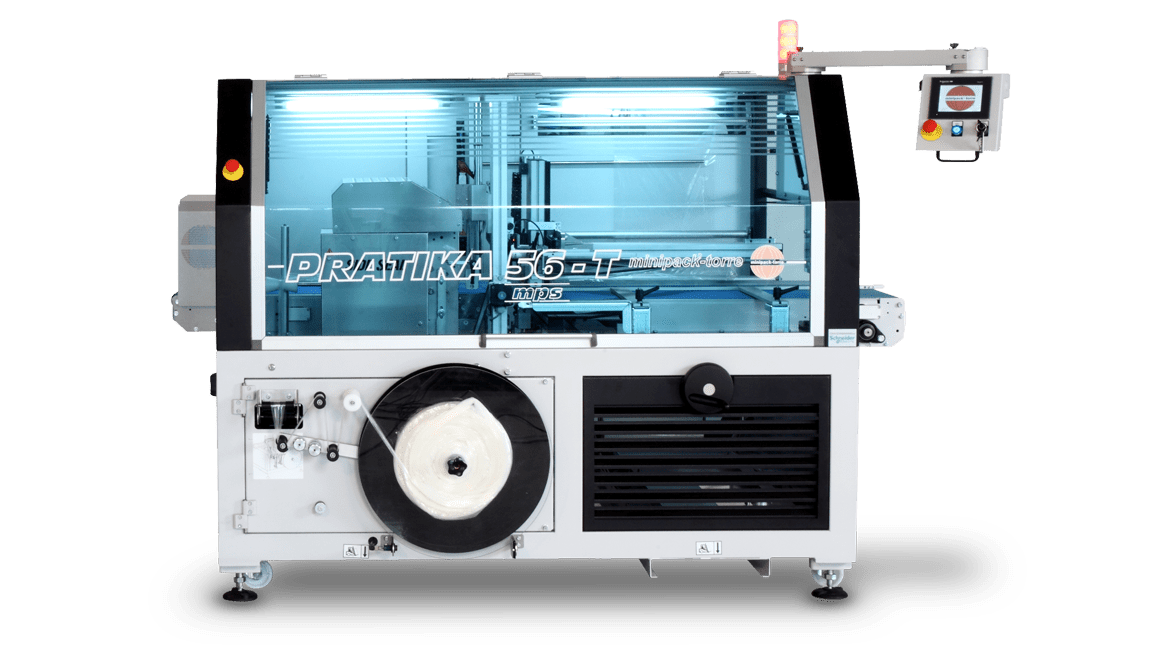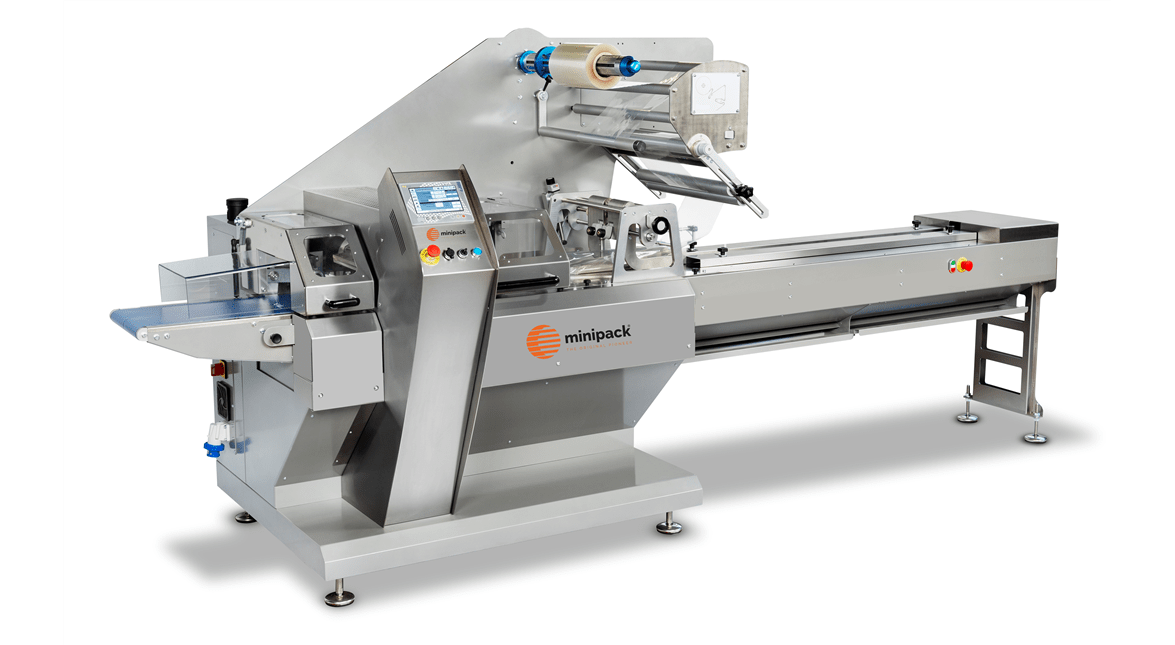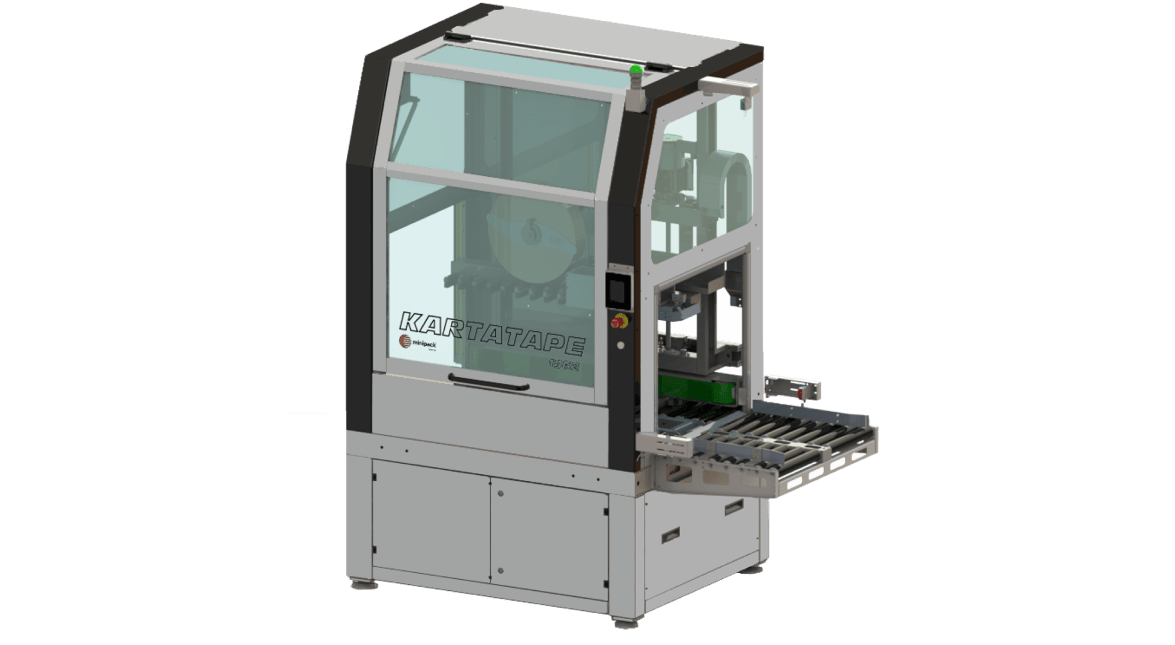The work of pharmaceutical packaging is delicate: while fulfilling the function of protecting the product for easy transport, pharmaceutical packaging must also adhere to parameters for preserving active ingredients, ensure safety for patients, guarantee the usability of the medication, and facilitate easy identification.
In this article, we will cover:
- 3 steps for pharmaceutical packaging
- Machines most suitable for pharmaceutical packaging
- The importance of hygiene
3 Steps for Pharmaceutical Packaging
Pharmaceutical packaging requires precision and special care to ensure the safety and effectiveness of products.
The 3 steps of the pharmaceutical packaging process address all the product preservation needs:
- Primary Packaging - Blister packs, sachets, vials, bottles, tubes: everything that comes into direct contact with the medication and serves to preserve the effectiveness of its active ingredients. Advanced technologies and automated systems ensure the precision needed to avoid dosage errors, thus maintaining the safety standards required in the pharmaceutical industry.
- Secondary Packaging - The box containing the primary packaging, protecting it from harmful external agents. Packaging systems must be designed to create an environment that preserves the stability of the drug over time. Advanced sealing techniques ensure that each package provides an effective barrier against moisture, light, and other factors that could compromise the integrity of the drug.
- Tertiary Packaging - The optional packaging for long-distance transport. The packaging also serves as support for CE marking (identifying the production lot) and the expiration date code. This not only ensures regulatory compliance but also enables the tracking of each drug batch when needed, improving product safety and overall quality management.
Machines Most Suitable for Pharmaceutical Packaging
Considering these needs, we can recommend some packaging machines that are perfectly suited for pharmaceutical packaging.
Semi-automatic L-sealer, flexible, practical, and capable of operating on any material. The electronic control welding system allows for the storage of different programs, simplifying all pharmaceutical packaging stages. It offers maximum productivity, safety, and all at a reasonable cost.
Shrink tunnel made entirely of stainless steel, expressly designed for the specific needs of the pharmaceutical (and food) industry. It allows setting up to 9 customizable programs for the shrinkage of packaging film and manually adjusting the conveyor height.
Ideal for packaging small products at high speeds, achieving secure and aesthetically optimal packaging, precisely what is needed for pharmaceutical packaging. It has a double heating chamber with separate regulation, exceptional thermal insulation capacity, and high passage and retraction speeds.
Fully automatic shrink wrapping machine, ideal for supporting the high production rates of medium-sized enterprises. It is technologically advanced (controlled by Schneider Electric PLC) yet straightforward to use (thanks to the color touch screen display). It ensures high work rates with a double door for working on both sides.
The continuous welding version, with a new body that includes an independent electrical system positioned at the rear of the machine. The model can package up to 3600 products per hour with low energy consumption.
Flow pack packaging machines designed to ensure precise and uniform packaging, essential for maintaining the high standards required in the pharmaceutical sector. This model, in particular, allows for up to 7200 packages per hour.
To complete pharmaceutical packaging, the automatic self-sizing gummed paper taper is a highly efficient and sustainable solution. The gummed paper tape is activated by water (making it 100% recyclable) and instantly bonds to cardboard surfaces, providing an immediate tamper-evident seal.
The Importance of Hygiene
Safety and hygiene parameters must be respected not only after packaging but throughout the entire packaging process. Valuable support in terms of hygiene and safety comes from using stainless steel packaging machines for the pharmaceutical industry.
Stainless steel, as the name suggests, is a material particularly resistant to oxidation and corrosion. The superficial layer, in contact with oxygen, is the first to passivate and form an oxide layer that protects all the underlying layers from corrosion. Additionally, stainless steel is a material characterized by almost zero porosity: no dirt molecules or residues of detergents or solvents can get trapped in its structure, ensuring maximum cleanliness and compliance with hygiene standards.
Not sure which machine is most suitable for pharmaceutical packaging?

